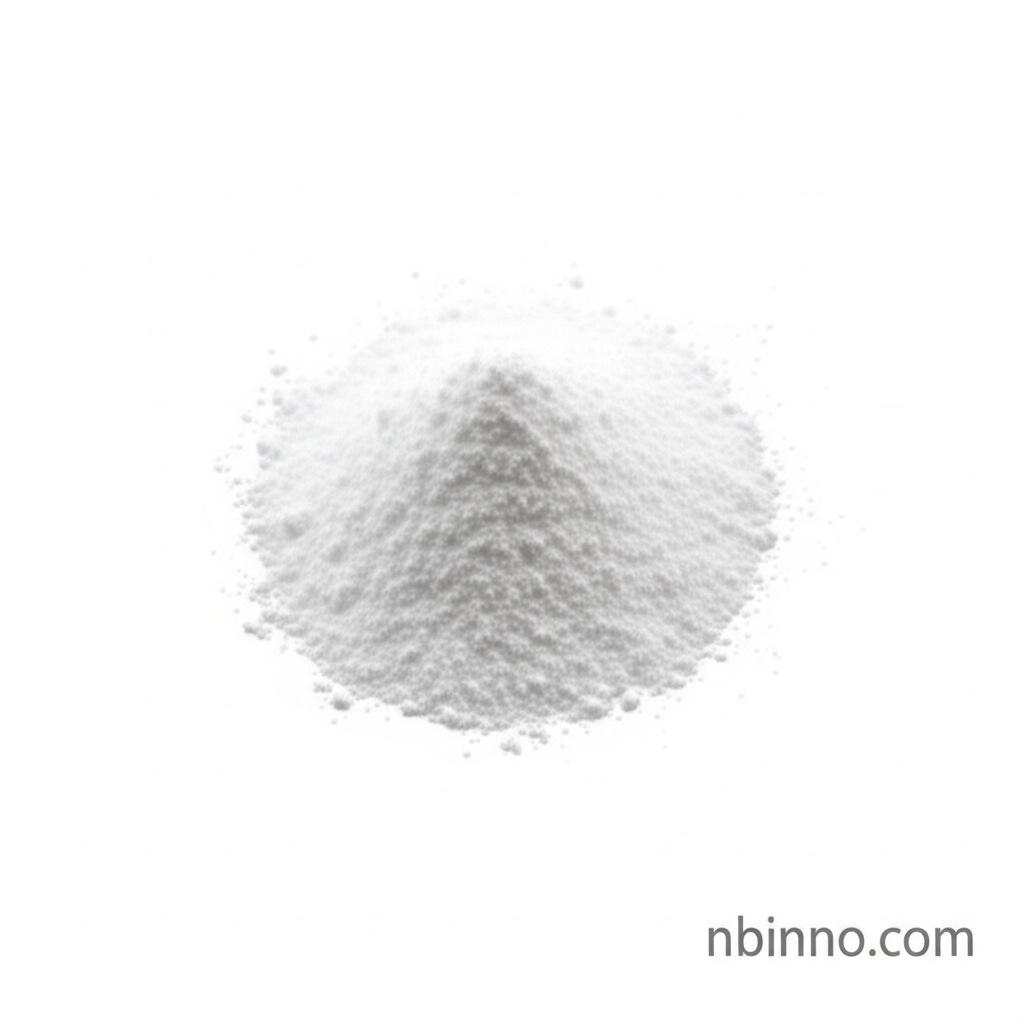1,3,5-Tris(4-ethynylphenyl)benzene: A Versatile Building Block for Advanced Materials
Explore the potential of this key organic linker in creating next-generation porous frameworks and functional materials.
Get a Quote & SampleProduct Core Value

1,3,5-Tris(4-ethynylphenyl)benzene
This advanced organic compound serves as a crucial monomer for the synthesis of Covalent Organic Frameworks (COFs) and other porous conjugated polymers. Its unique structure and reactive ethynyl groups make it ideal for building intricate, porous architectures with applications ranging from gas adsorption and separation to catalysis and sensing.
- Discover the synthesis of porous conjugated polymers using this key terphenyl ligand for COF synthesis, paving the way for novel material applications.
- Unlock the potential of ethynylbenzene as a building block for advanced materials, crucial for breakthroughs in catalysis and energy storage.
- Investigate the role of 1,3,5-tris(4-ethynylphenyl)benzene in creating materials with high BET surface areas, essential for gas separation and storage technologies.
- Understand the application of this organic linker in developing electrochemical sensors for hydrogen peroxide detection, contributing to advancements in analytical chemistry.
Key Advantages
Versatile Linker for COFs
This compound acts as an indispensable organic linker for COFs, enabling the precise construction of porous networks with tailored pore sizes and functionalities.
High Reactivity for Polymerization
The ethynyl groups facilitate efficient polymerization reactions, such as Sonogashira cross-coupling, crucial for synthesizing high-performance conjugated polymers.
Enables Advanced Material Properties
Materials derived from this linker exhibit excellent properties, including high surface area and specific adsorption capabilities, vital for applications in carbon capture and catalysis.
Key Applications
COF Synthesis
A foundational building block for constructing Covalent Organic Frameworks, facilitating advanced material design and synthesis.
Porous Materials
Essential for creating porous conjugated polymers with high surface areas, utilized in gas storage, separation, and catalysis.
Catalysis
Serves as a key component in photocatalytic applications, particularly for hydrogen production and CO2 reduction.
Sensing Technology
Utilized in the development of electrochemical sensors for detecting analytes like hydrogen peroxide.
